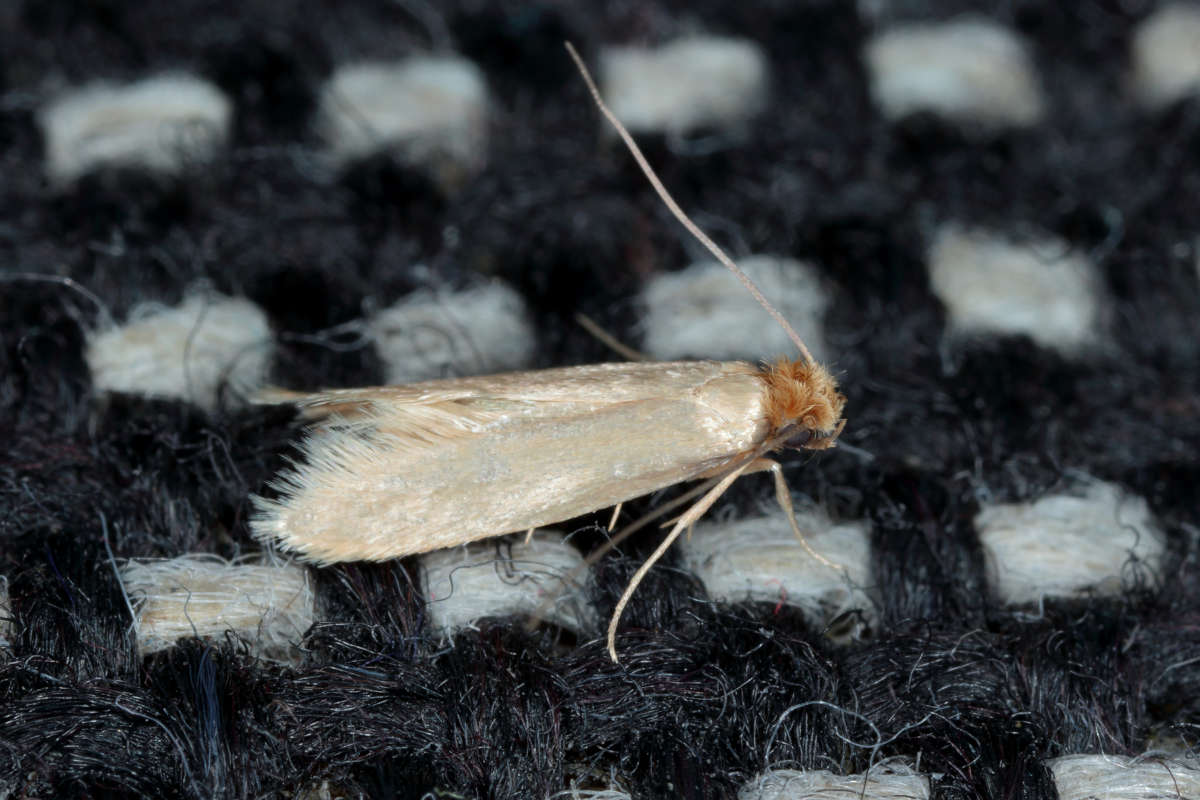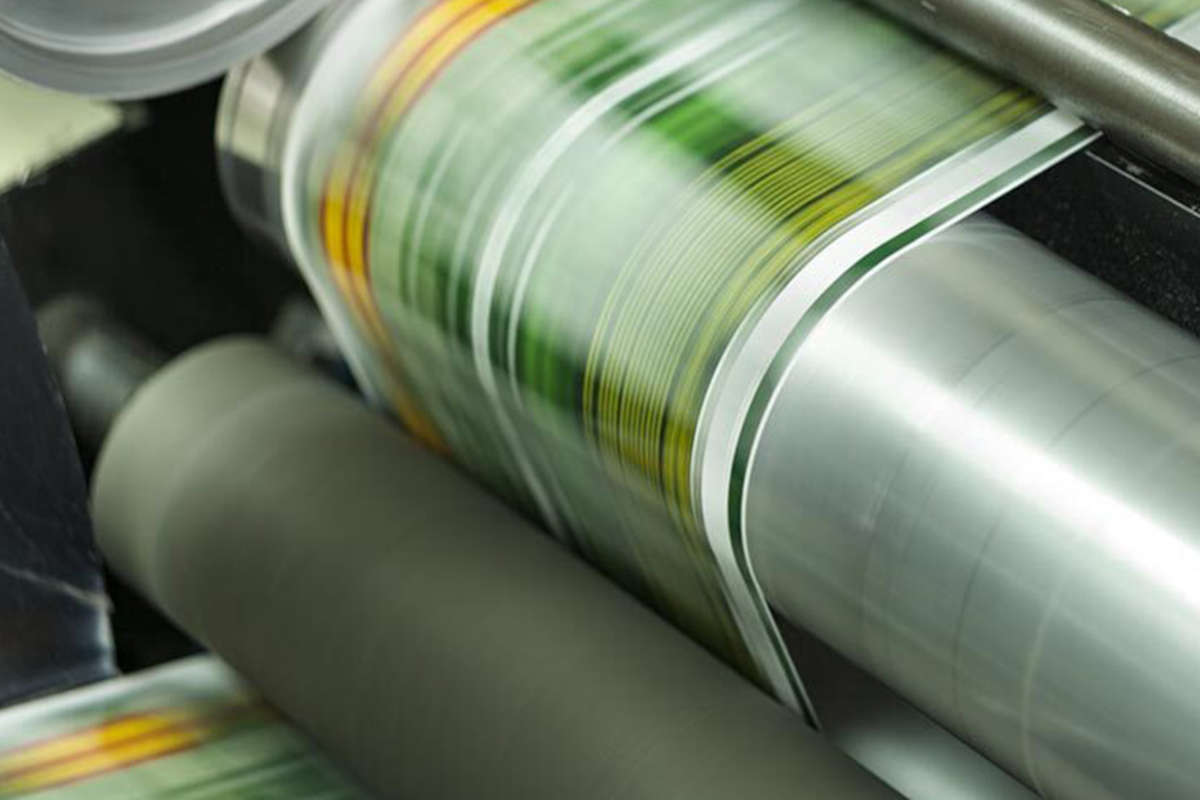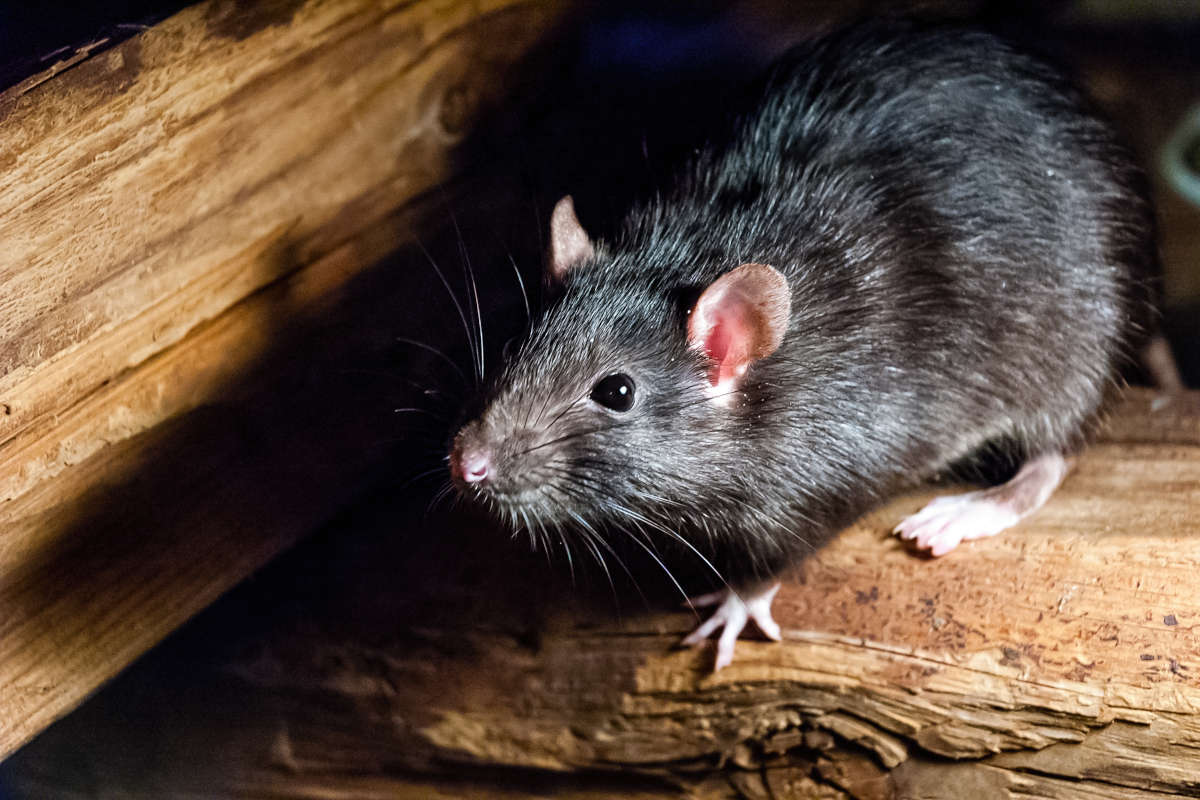HOW TO PROTECT CLOTHES MOTH DAMAGE USING MONITOR TRAPS

Insect infestations can cause different types of consequences: in most cases they are annoying, often they are accompanied by health risks, and in some circumstances they can cause damage to our possessions. The latter is the most accurate description of the clothes moth.
Clothes moths are small flying insects (maximum two centimetres in size) of yellow/brown colour, preferring dark, damp and warm habitats: in the wild they proliferate only in the warmer season, but in our apartments they find ideal conditions, enabling them to be active all year round.
Adult clothes moths are not directly responsible for damage to our possessions or our health: their behaviour is linked exclusively to reproduction, after which they die.
The true problem lies in the outcome of their mating: a female can lay hundreds of eggs over the course of her life, which hatch within two weeks after being laid in sheltered, dark and warm places where the newly-hatched larvae can find enough food to reach the adult phase.
The problems in our homes are caused precisely by the clothes moth larvae’s nutritional habits: in fact they feed on keratin, a protein that is present in various parts of mammals’ bodies, including the fibres of animal origin used to make wool garments.
Therefore, the female clothes moths lay eggs on the clothing in cupboards, or on dirty washing (in fact they are attracted by sweat, because this represents a source of liquids for the larvae), and as the eggs are very small (less than a millimetre), they are hard to see.
After hatching, the clothes moth larvae begin feeding on the fibre in clothes, and their number and appetite cause visible damage to clothing, which very often is not noticed until the garments are taken out again with the changing of the season. Once the larvae have eaten as much as required, they metamorphose into adults and the cycle is repeated in the space of just two months if conditions are favourable. It is obvious that the problem can easily get out of hand.
In cases such as this, monitor traps for clothes moths are an effective remedy to block the infestation’s root cause: they are double-sided adhesive sheets that can be attached to the walls and inside cupboards, and that trap the insects landing on them.
Therefore, monitor traps for clothes moths do not target the larvae, which are much harder to identify and remove, but the adults, preventing their reproduction: an attractant, a pheromone, can be applied to the adhesive surface, improving its ability to capture these insects specifically.
Monitor traps for clothes moths also make it possible to assess the number of insects present, so that you can then decide whether to intervene using other systems in the case of serious infestation.
IGO produces a wide range of monitor traps to contract, including those against clothes moths.
For more than 15 years, IGO has been a certified Medical and Surgical Device Manufacturer and provides the contract manufacture of insecticide products for domestic and civil use on substrates such as cellulose, granules or mixtures, and various types of liquid solutions to which one or more active substances have been added.
Browse our catalogue of monitor traps and contact us for further information.



